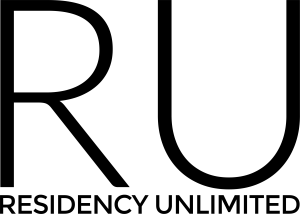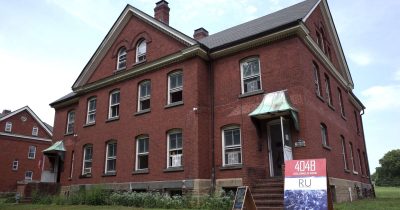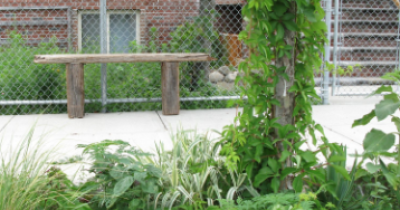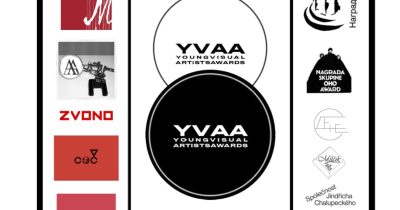Tavan Tolgoi (Five Heads) and Mongol Futurism:
Greengrassi (1a Kempsford Road London SE11 4NU)
Opening : August 31, 6-8:30pm
September 1 – September 15, 2018
Nomin Bold & Baatarzorig Batjargal | Bumochir Dulam Yuri Pattison | Hedwig Waters
Dolgor Ser Od & Marc Schmitz | Rebecca Empson Deborah Tchoudjinoff | Lauren Bonilla
Tuguldur Yondonjamts | Rebekah Plueckhahn Feat. Mongolian Rapper “Big Gee”
What does the future look like, or feel like, from the perspective of a yak in the coal mining district of Khovd? A Mongolian root extracted, illegally traded and sold internationally as a pharmaceutical product? Or the toolkit of an urban shaman, securing economic fortune for professional women in Ulaanbaatar?
Five Heads (Tavan Tolgoi) brings together the work of ve anthropologists and ve artists/ collectives researching and responding to the dramatic rise and fall of Mongolia’s mineral economy. Drawing from ongoing eldwork in Mongolia, the artists in this exhibition examine crisis as a space for the emergence of new possibilities.
Curated by Hermione Spriggs
In 1964, at a time when Mongolia was suspended in the social and economic stasis of Soviet rule, Canadian media theorist Marshall McLuhan seized upon Ezra Pound’s de nition of the artist as “the antennae of the race,” claiming “the power of the arts to anticipate future social and technological developments by a generation and more.” Indeed, art (or perhaps the synaptic negative space which exists between art and anthropology) has taken on antenna- like properties in the context of Mongolia, where the need to rapidly re-think the impacts of mineral extraction and economic chaos is pressing and real, and where a resurgence in shamanic practices—often explained by shamans themselves through a language of code and telecommunications—can itself be thought of as a kind of radar or antennae capable of reaching through time, assuring future fortune in the face of agsan (the invisible and chaotic forces of transition).
Nested within what might be described as an “aesthetics of estrangement” (Castaing-Taylor) or a process of “optimal distortion” (Neilson & Pedersen) are proposals for alternative maps and re-surfaced trajectories that shatter a teleological timeline of progress, staking territory instead for speculative thought and practical forms of human-nonhuman reciprocity. As global cores and peripheries exchange places and rehearse histories of empire formation, Five Heads explores geo-ontological emergence, (post)capitalist futures, and alternative strategies for creative survival in the present.
The accompanying publication Five Heads (Tavan Tolgoi) Art, Anthropology and Mongol Futurism (Sternberg Press, 2018) features documentation of the art-anthropology exchange processes, alongside written contributions by Simon O’ Sullivan, Uranchimeg Tsultem, Rich- ard Irvine, Tsendpurev Tsegmid, Hermione Spriggs & Rebecca Empson, and will be avail- able for presale for the duration of the exhibition.
Tuguldur Yondonjamts in conversation with Denis Byrne:
Room 209, UCL Institute of Archaeology (31-34 Gordon Square, Kings Cross, London WC1H 0PY, UK)
September 13, 2018, 12:30-1:30pm
In the context of the AHRC Heritage Research Deterritorialising the Future programme, Arts Catalyst artist-in-residence Tuguldur Yondonjamts will be in conversation with archaeologist Denis Byrne at the UCL Institute of Archaeology on 13 September.
Taking the artist’s investigative practice and its interest in the rapidly changing Mongolian society as a departure point, the dialogue between Yondonjamts and Byrne will explore the intertwining of rituals, objects and practices within the dramatically accelerating Mongolian economy, which is deeply affected by the extraction of natural resources as the basis of its economic development.
Tuguldur Yondonjamts is a Mongolian artist who works primarily on paper, but has expanded his practice to video and installation art. His work is very much dependent on research and careful analysis of certain environments and materials. By using investigational logic, he is able to create large scale drawings and diagrams, representing imagined journeys. The nomadic culture of Central Asia is critical to interpreting Yondonjamts’s work. For him, these are symbolic endeavors, studying the issues affecting Mongolia’s society and economic development.
Denis Byrne is Senior Research Fellow at the Institute for Culture and Society, University of Western Sydney, Australia. He has worked in both the government and academic spheres of heritage conservation and has been a leading contributor to critical debates on heritage issues in Southeast Asia and indigenous Australia. He is co-editor (with Sue O’Connor and Sally Brockwell) of Transcending the Culture-Nature Divide in Cultural Heritage (2013) and author of Surface Collection: Archaeological Travels in Southeast Asia (2007).
Tuguldur Yondonjamts : Residency and Exhibition at Arts Catalyst:
Arts Catalyst (74-76 Cromer Street, London, WC1H 8DR)
September 20 – November 3, 2018 (Thur-Sat, 12-6pm)
Mongolian artist Tuguldur Yondonjamts will be in residence at Arts Catalyst’s Centre for Art, Science and Technology during September and October 2018, undertaking research and creating an evolving exhibition of new and existing work.
Yondonjamts’ practice is a visual manipulation of his training in classical Mongolian painting against his research-based art practice. His work can be understood as a series of journeys, not unlike those of the historically nomadic people of Central Asia. For the artist, the process of his scientific and mystical studies is as important as the artistic output. He presents both real, imagined, and interpreted landscapes, tracing the coexistence between the tamed and untamed world.
In Mongolia, nomadic culture and its symbiotic relation to nature is rapidly disappearing as large-scale mining of gold and coal is exploited without effective controls. The artist’s current research focuses on the origin and extraction of natural resources, issues of property and ownership in a traditionally nomadic society, and the role of history and mythology. During his residency, Yondonjamts will be inquiring into parallels between changes affecting Mongolian and UK contemporary society, urban conflicts and environmental issues.
The exhibition will include an open studio in which the artist will be making a new drawing reflecting his research, presented alongside existing works including his 2016 moving image work An Artificial Nest Captures a King.
Yondonjamts lives and works in Ulaanbaatar, Mongolia, and New York, USA.




